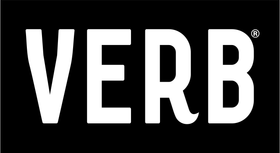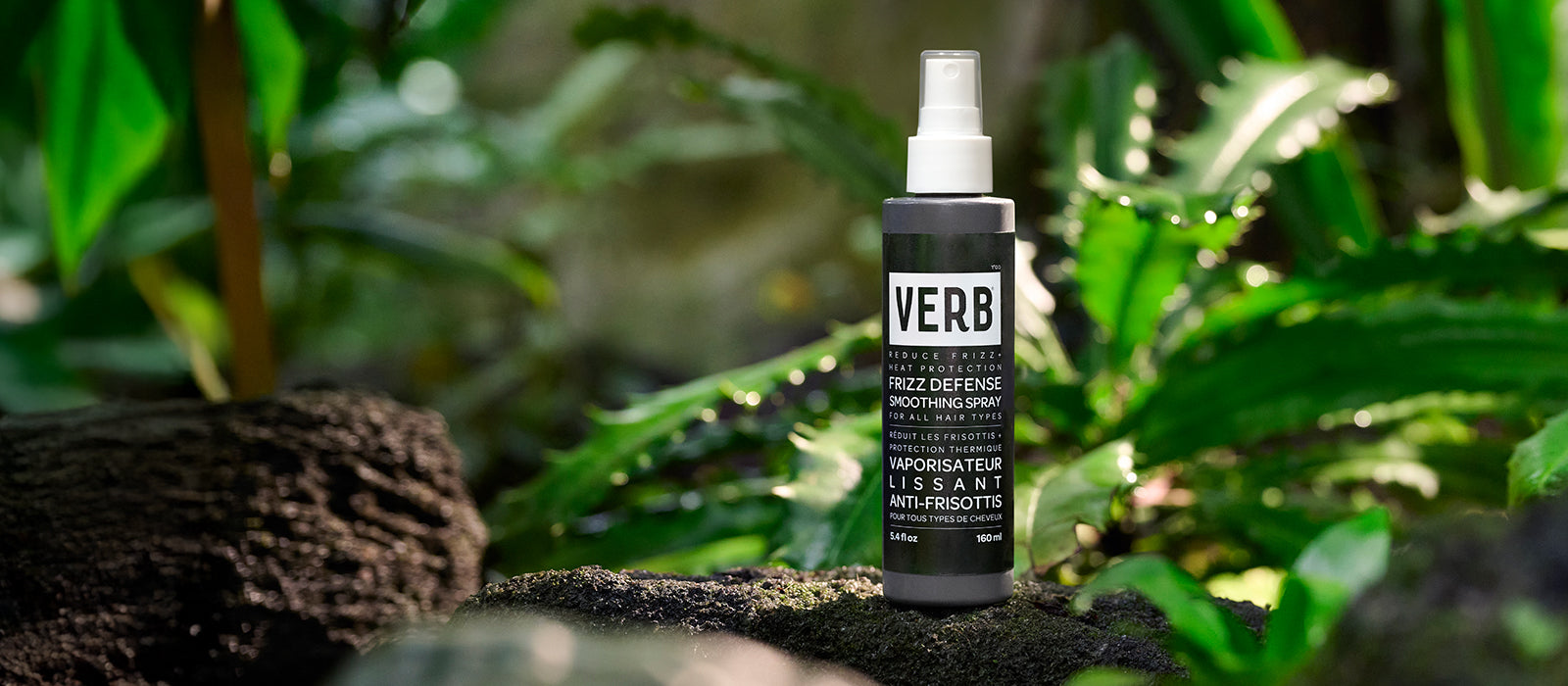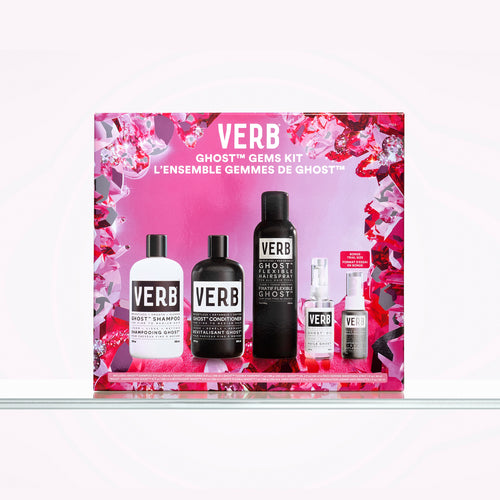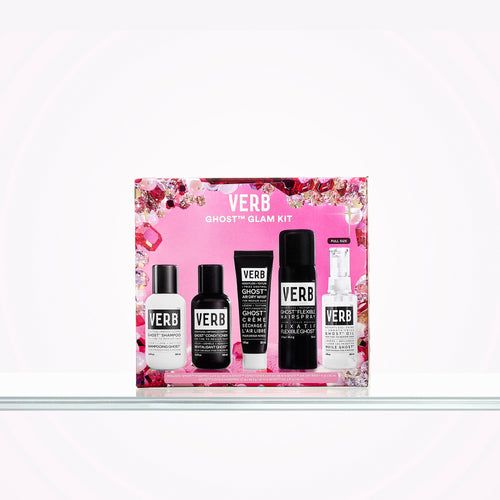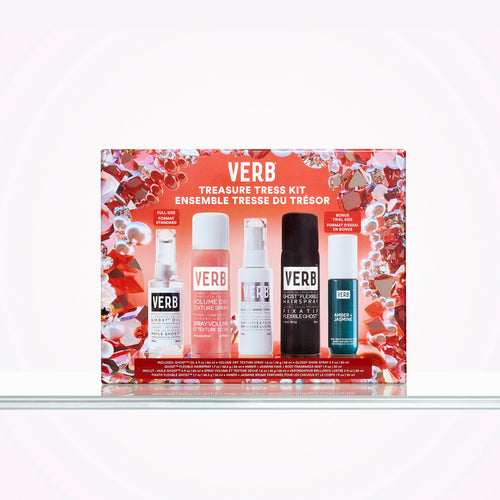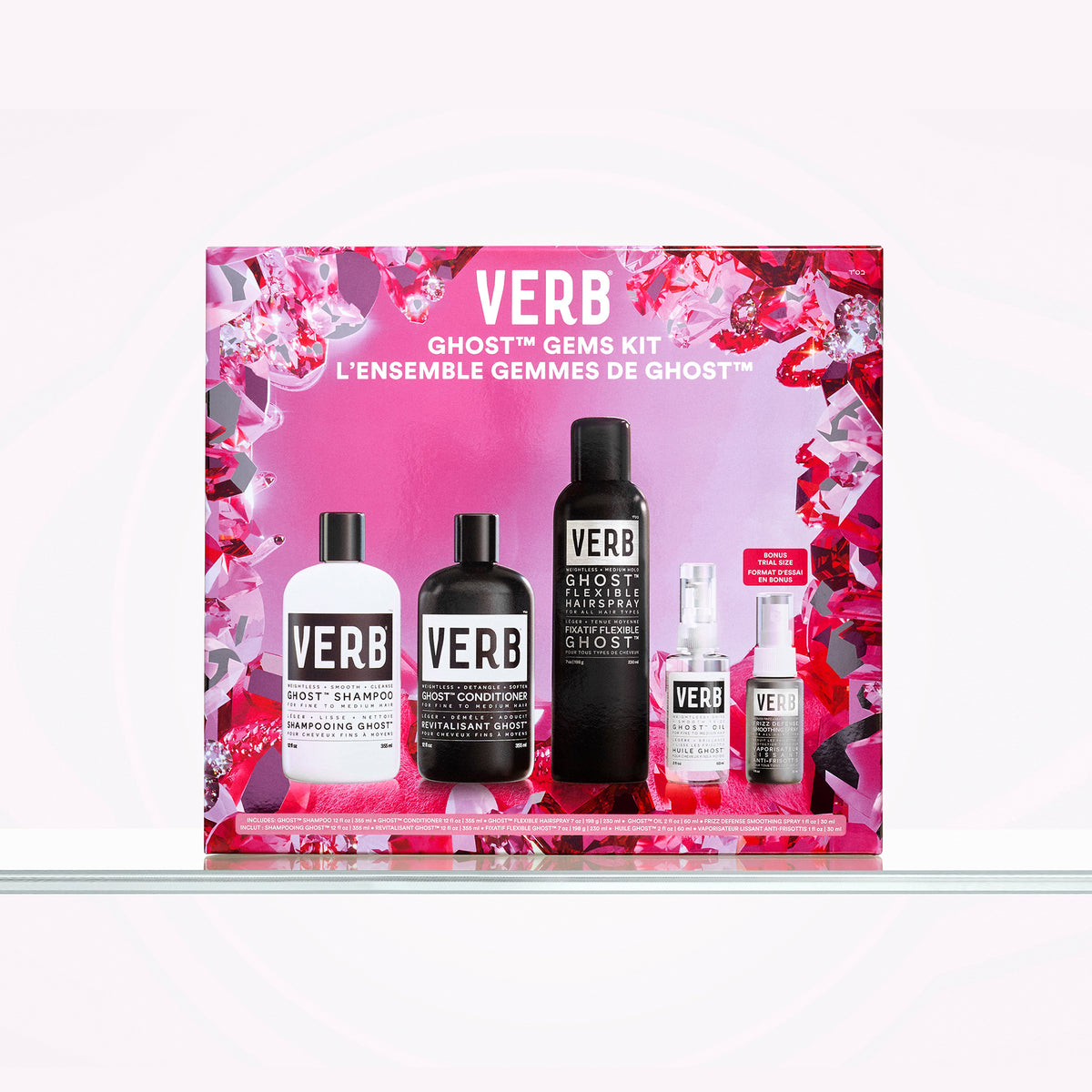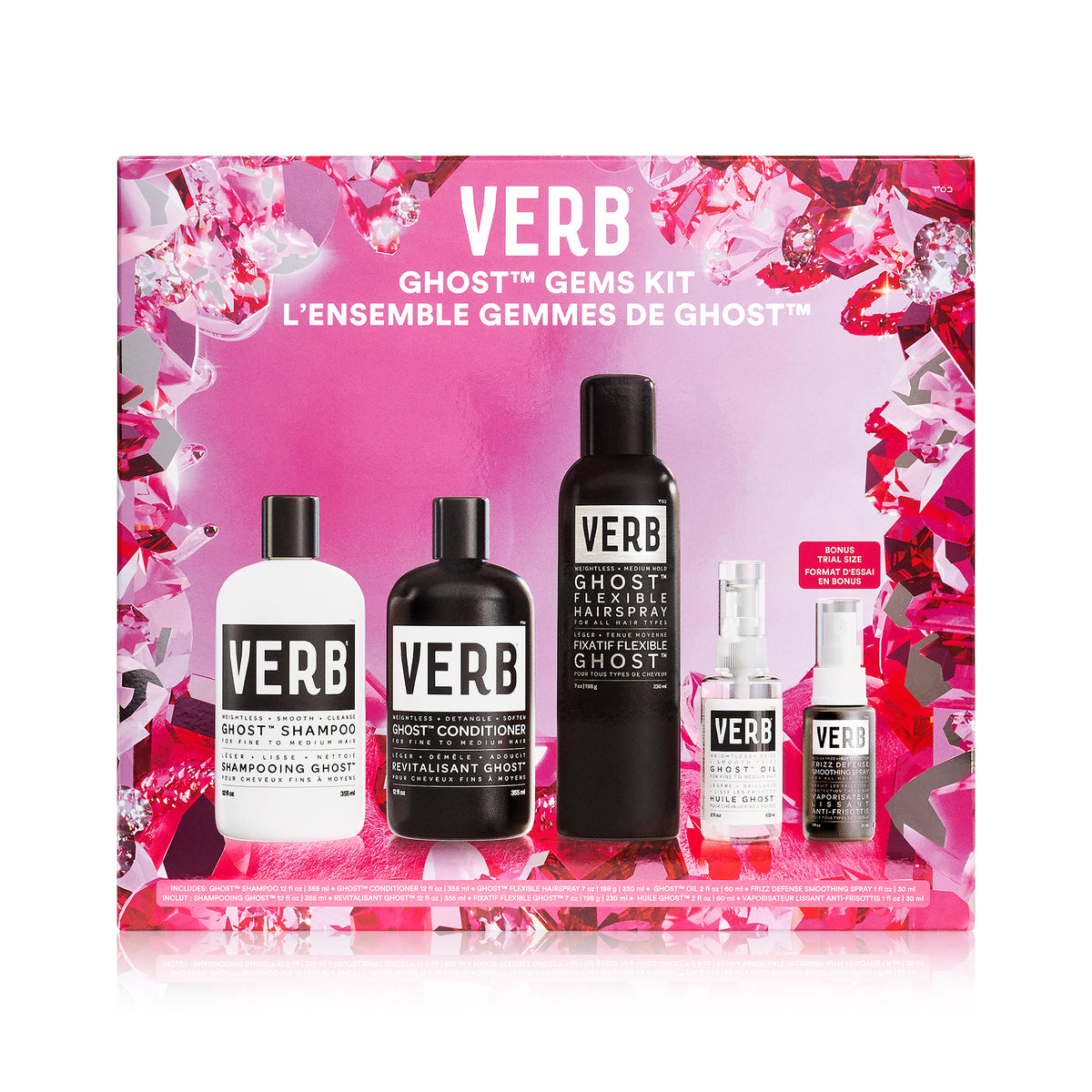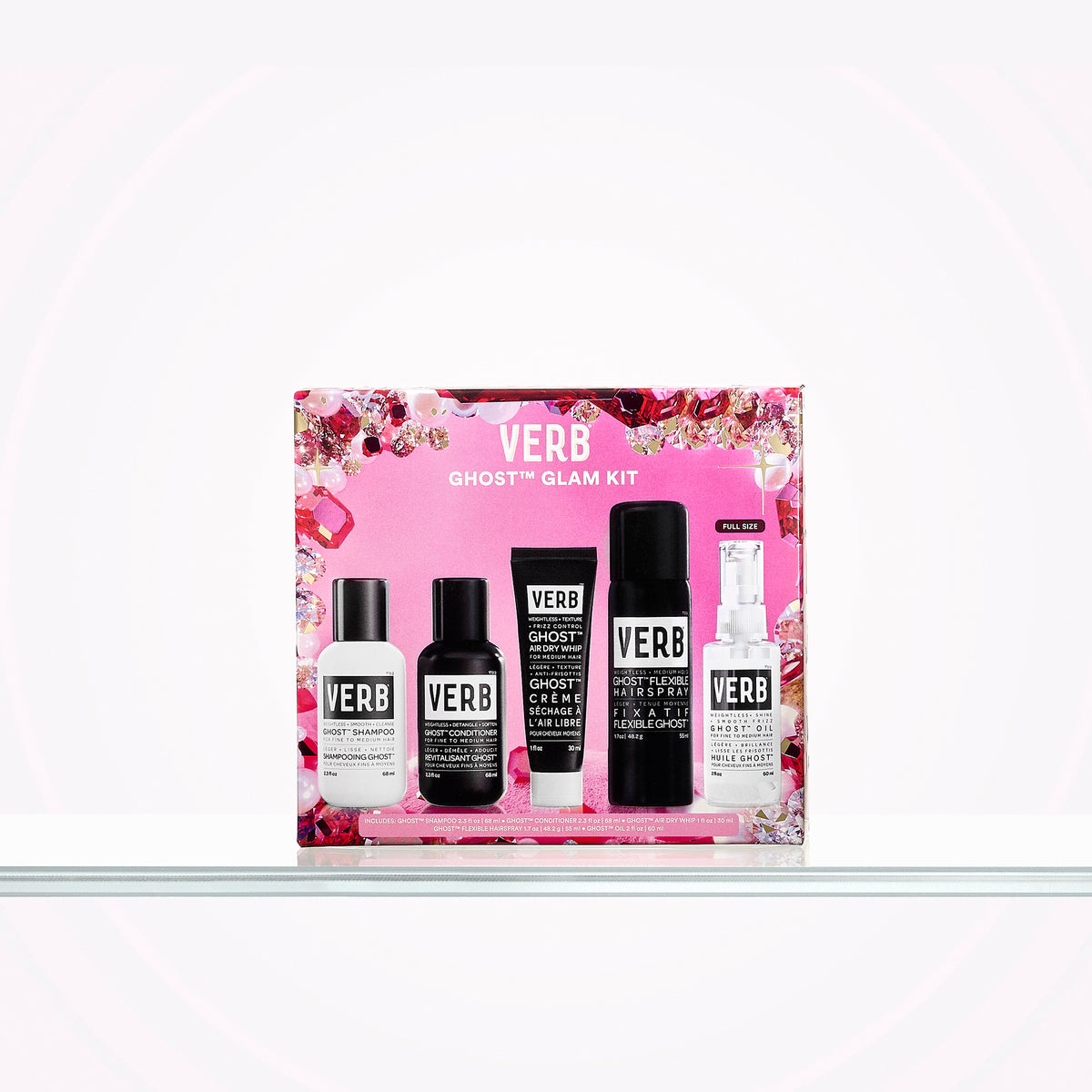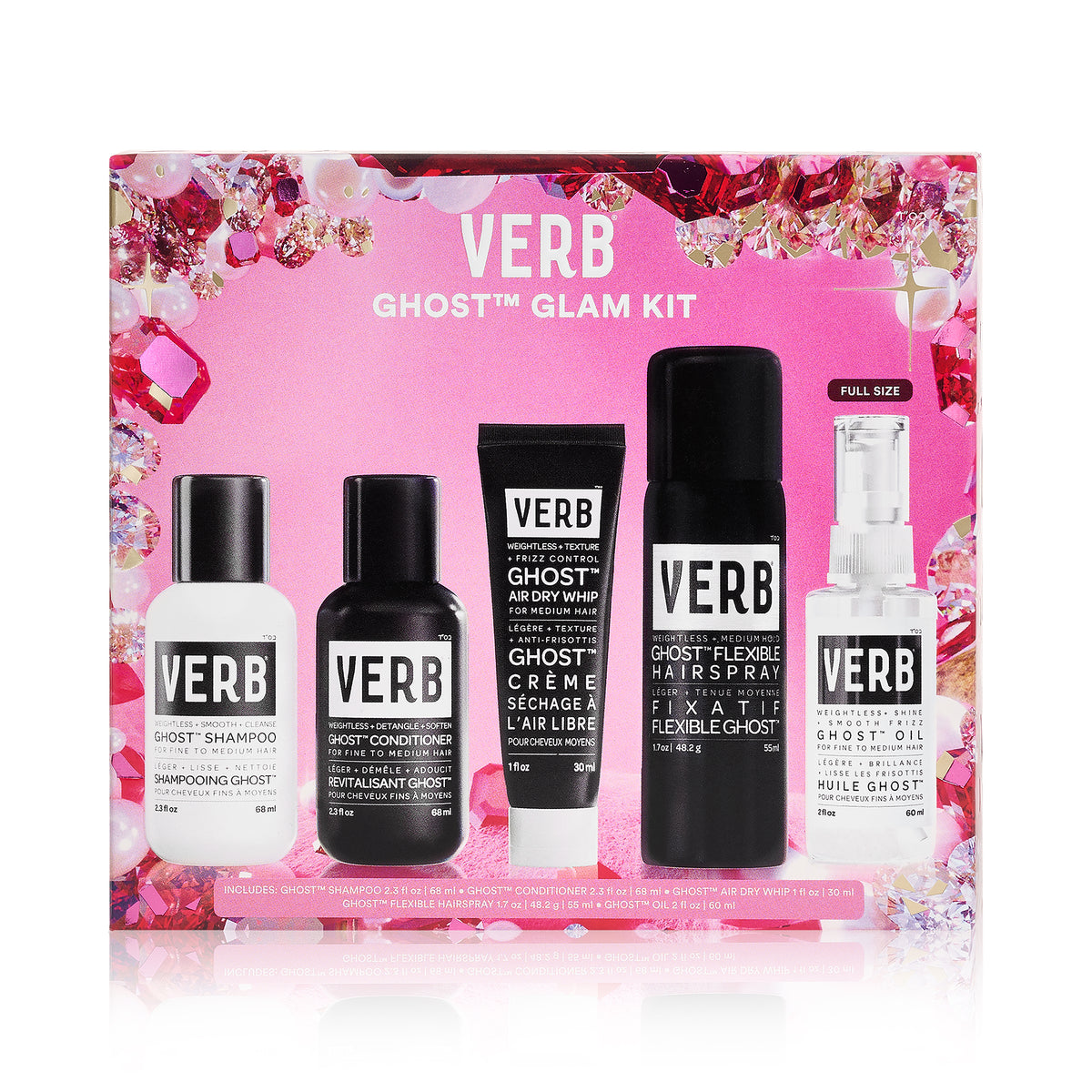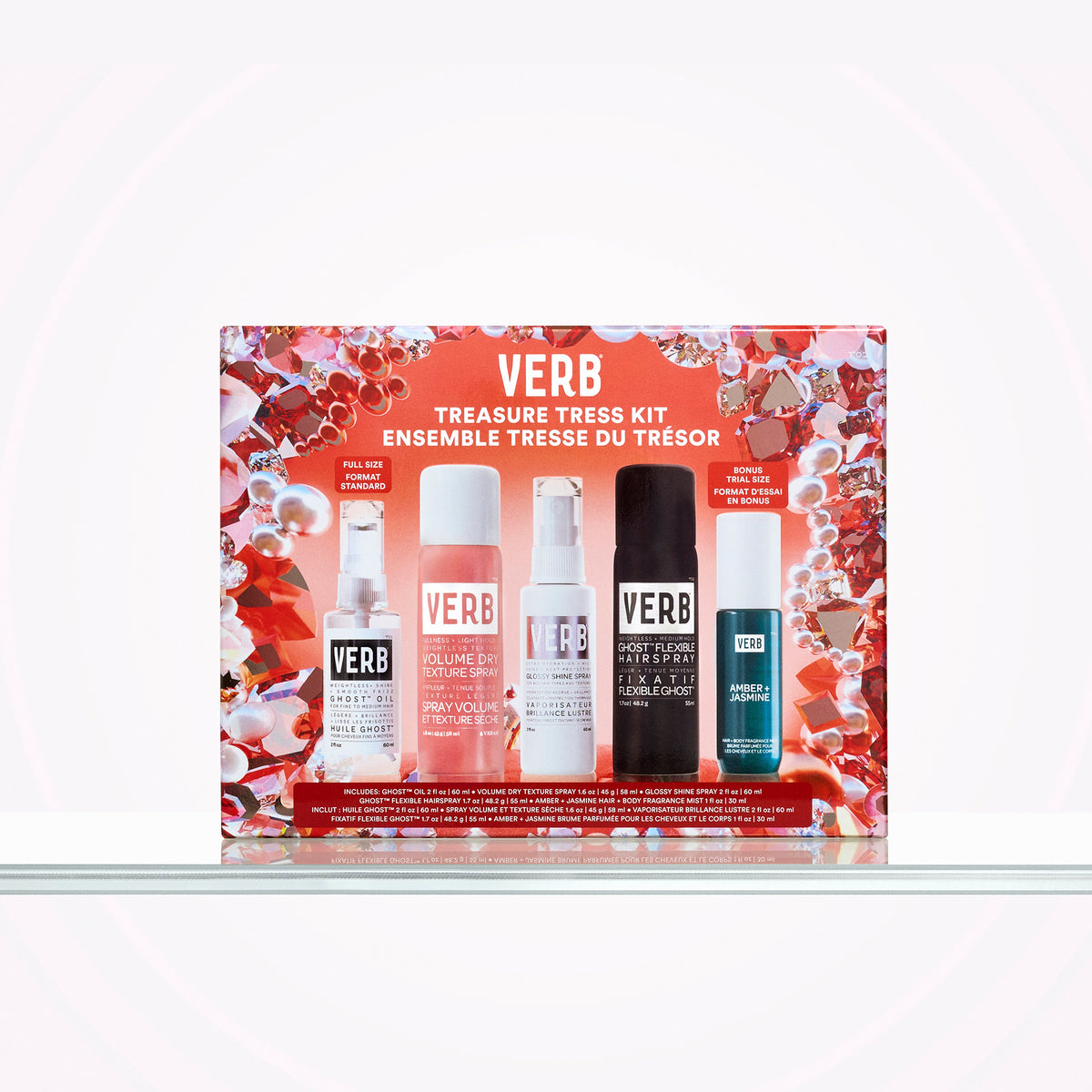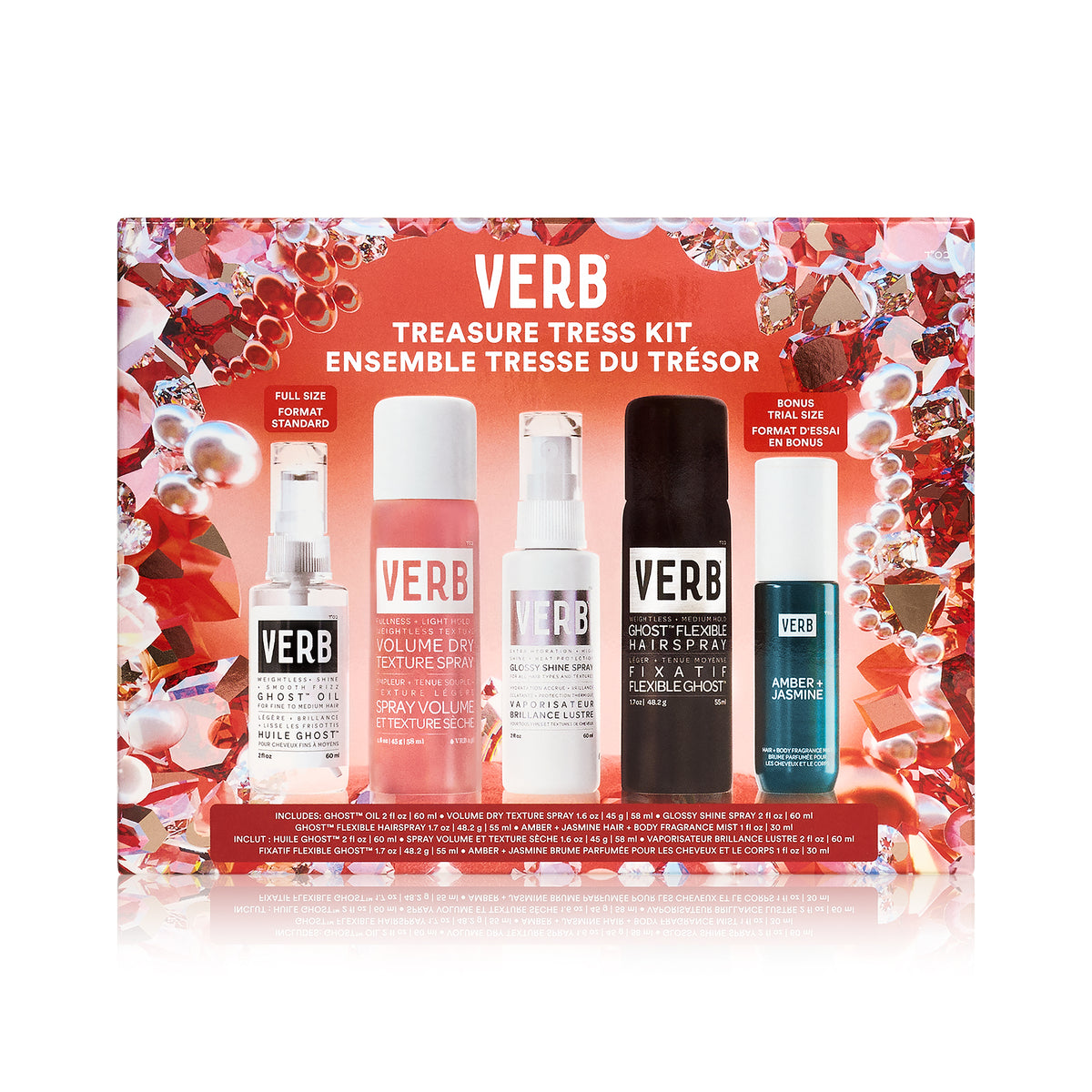The hair color level system is a universal system used by hair color manufacturers, cosmetologists, and colorists. The levels are used to reference how light or dark your hair color is. The scale ranges from 1-10 with the lower numbers being darker shades, your blacks and browns, and the higher numbers being the lighter shades, reds and blondes. You may also encounter higher numbers such as 11’s and 12’s, these are usually color that is used for lightning process and not a natural color. This scale provides an easy and standardized method to refer to.
Hair color levels
- Dark black
- Black
- Darkest brown
- Dark brown
- Medium brown
- Light brown
- Dark blonde
- Medium blonde
- Light blonde
- + and above: Platinum blonde to platinum white
Identifying your hair color level
Determining your hair color level can be a difficult task, especially if you don't have experience with different shades and techniques to identify your level correctly. Here are a few tips to help you accurately identify your hair color level.
Our first tip is to grab a decent cross-section of your hair and view it in natural light. If you grab too thin of a section your hair may appear lighter than it actually is, and different light settings can also affect what color your hair looks. Either way can make you think your hair is a lighter color level than it actually is, causing problems when you go to change your color.
Our second tip is to choose a section that is further away from the crown and font of your head. Hair tends to be lightest around the front of your hairline which receives the most sunlight, making it not representative of what the majority of your hair looks like. If you dye your hair based on this lighter section, the rest of your hair will be darker than what your goal was.
Compare your hair color to the above chart, and determine what the best match is for your hair.
Color shades and reflects
Next on most colors is choosing the tone or hue you want to have. The tone is indicated by the other numbers that follow either the slash or the decimal, or depending on the brand, a letter. Although hair brands will use slight variations of the same scale, the principle remains constant.
Color shade
The color shade is the first number after the slash, and this refers to the primary tone, which is the dominant hue within a color. This shade will be more visible in the final hair color, this tone will also affect whether your final color will be warm or cold.
Color reflects
Reflects will be the second, or sometimes third number after the slash and these refer to the secondary tone, reflections. Reflections are the colors that you see through the hair in light or with movement. These are less dominant than the shade, but are still a factor when choosing your dye. Here is a quick sample of some reflect types.
1- Ash
- Cool reflect.
- Use for a smokey, cool reflect and sleek and smooth hair color.
2 - Beige
- Cool reflect.
- Use for creamy muted reflects and a calm and shiny hair color.
20 / 22 - Violet
- Cool reflect.
- Use for a cool pinky, red color with fun violet and red reflects.
3 - Gold
- Warm reflect.
- Use to add Warmth with bronzed, golden reflects through the hair.
4 - Copper
- Warm reflect.
- Use for brightening the Hair with strong, orange copper, and Auburn reflects.
5 - Mahogany / Plum
- Warm and cool reflect.
- Use for richer, deeper red reflects.
6 - Red
- Warm reflect.
- Use for indulgent red reflects that add serious vibrancy.
Warm vs. cool tones
A tone may be described as warm or cool, there are a few factors that can help determine whether you want to go with a warm or cool tone.
Warm tones
Warm tones will look lighter than their actual level; typically are called golden, orange, red,
and yellow (auburn, amber, copper, bronze, strawberry). Warm tones are usually rich and brilliant and are full of energy. They don't always have to be bold reds however, they can be golden blondes for example. Warm skin tones look best in warm hair colors, so that may also be a determining factor for which way you choose to go with your hair color.
Cool tones
Cool tones can look deeper than their actual level; typically are called blue, green, and
violet (smoky or ash). Cool tones can tone down brassiness. If you have pale or more translucent skin, ash and cool tones also look great on you and so do true reds and burgundy. Those who would like to lighten their natural dark hair to a lighter shade, will go for cool ash shades to cancel out the red/orange pigments that arise during the lightening process.
Tips for using your hair color level
When determining your new hair color, the shades can be a fantastic guide. Usually, you do not want to go more than two hair color levels away from your current color level. If you want to go lighter, go for a shade no more than to levels lighter than your current shade, if you’re not sure which color is best go for the lighter shade. If you are waiting to go darker, begin with one shade darker at first to get a feel for what it will look like on you. Darker hair can often be surprising. It is also easier to go from lighter to darker than vice versa, so if you choose between two shades, start with lighter.
If you are going from a darker color to a lighter, the two shades rule is just as important, your hair has something called contributing pigments, also called undertones. These undertones are varying degrees of warmth exposed during a permanent or color lightening process. If you have a lot of undertones in your hair it can cause your coloring process to end in different results than desired. An example would be if you are going from a 5 to a 8, you run the risk of having orange or brassy undertones coming through and giving you an undesired color. In order to neutralise the undertone, a complimentary tone must be used in the formula.
One final note that is permanent hair color cannot lighten hair that has already been color-treated. If you recently colored your hair with a level 6, applying a level 7 shade will not lighten it. That is because your hair is like a sponge, when you dye it with a permanent dye, it will fill all the pores in your hair with the color dye, preventing any more from being absorbed.
Choose products designed for your hair color level
Whatever hair color you choose, keeping healthy with quality products will help you retain your color for longer, and keep your hair looking amazing. Whether it is Verb’s sulphate free shampoos and conditioners or a hydrating mask, Verb has you covered. If you are going from a darker color level to a lighter one and are worried about brassiness, our Purple Mask and Purple Shampoo is designed to reduce brassiness in color-treated blonde, grey, and silver hair tones as well to soften and tone yellow hues. Whatever way you choose, Verb is here to make your color-treated hair look its best.
